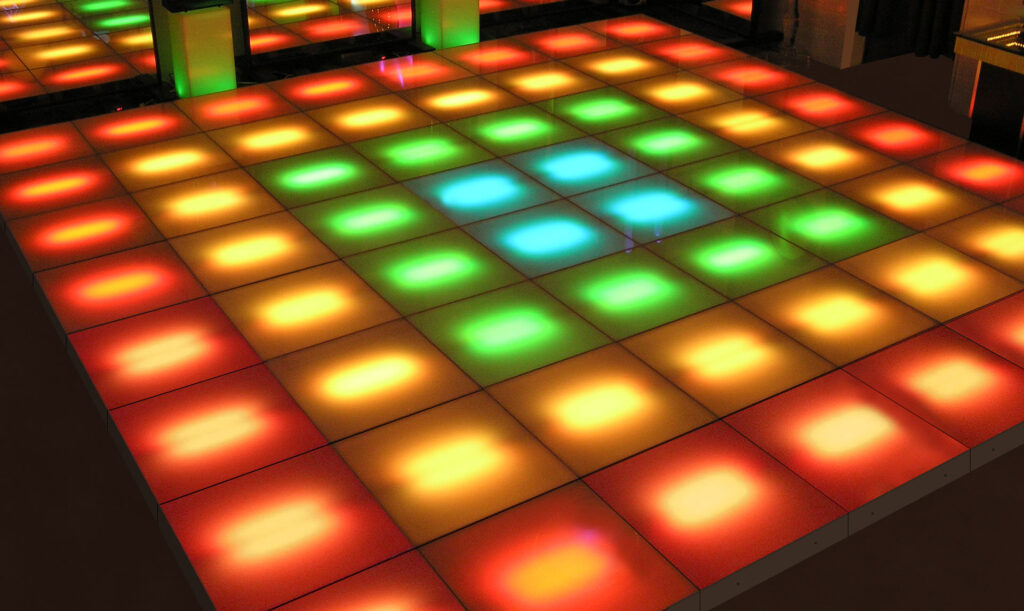Exploring the Versatile Materials That Convert Dance Surfaces into Stunning Aesthetic Experiences
Exploring the Versatile Materials That Convert Dance Surfaces into Stunning Aesthetic Experiences
Blog Article
Movement floors have evolved considerably over the decades, becoming more than just a place to move to music. Today, they are transformed into breathtaking aesthetic experiences through the use of various substances and technologies. These substances not only enhance the visual attractiveness of the space but also improve the overall encounter for dancers and spectators alike. Comprehending the flexible substances that contribute to these vibrant environments can provide insight into the art of performance floor design.
One of the primary common materials used in modern dance floors is LED lighting. LED lamps are energy-efficient and can produce a wide variety of hues and impacts. They can be integrated in the floor itself or used as part of a lighting setup over the dance floor. This innovation allows for synchronized light displays that can change in reaction to the music, creating an immersive encounter. The capability to program these lamps means that they can be tailored to match different concepts or atmospheres, making each occasion unique.
Another important material is mirror-like materials, such as mirrors or shiny tiles. These surfaces can create an illusion of area and depth, making the dance floor seem larger than it is. When performers move, their images can add an extra layer of aesthetic appeal, enhancing the overall show. Additionally, mirror-like materials can engage with lighting effects, amplifying the hues and designs displayed on the floor. This combination of illumination and reflection can captivate spectators and elevate the energy of the occasion.
In addition to lighting and mirror-like substances, the use of electronic screens has become progressively common in dance floor design. These screens can show lively visuals, graphics, or even real-time feeds of the performance. By integrating electronic technology, event organizers can create a comprehensive encounter that engages both the performers and the spectators. The ability to change images in actual time allows for a dynamic atmosphere that can adjust to the beat and energy of the melodies, making each instance feel new and thrilling.
Furthermore, the choice of surface substance itself plays a crucial role in the complete encounter. Traditional wooden dance floors are still favored for their strength and functional qualities. However, newer materials like synthetic and elastic are gaining popularity due to their versatility and simplicity of care. These materials can provide better shock absorption, reducing the risk of harm for performers. Additionally, they can be crafted with various textures and colors, discover here allowing for artistic representation in the dance floor's appearance.
In conclusion, the evolution of dance floors into breathtaking aesthetic encounters relies on a combination of innovative substances and techniques. LED lighting, mirror-like materials, digital screens, and specialized flooring substances all add to creating an engaging environment for dancers and spectators. As technology continues to progress, the opportunities for enhancing dance floor design will only grow, making upcoming events even more enthralling and unforgettable. Understanding these materials helps value the artistry involved in creating spaces where movement and music come together harmoniously in harmony.